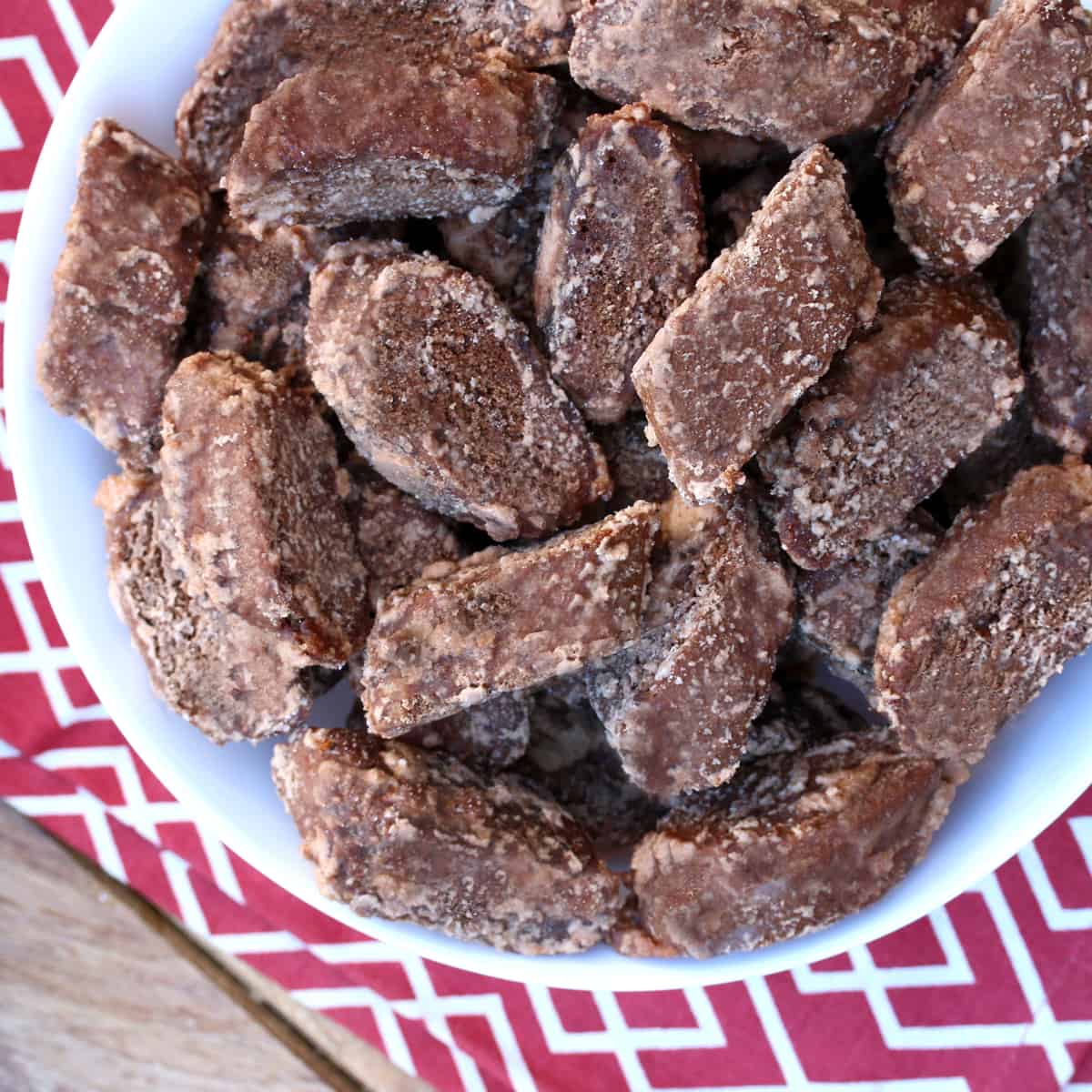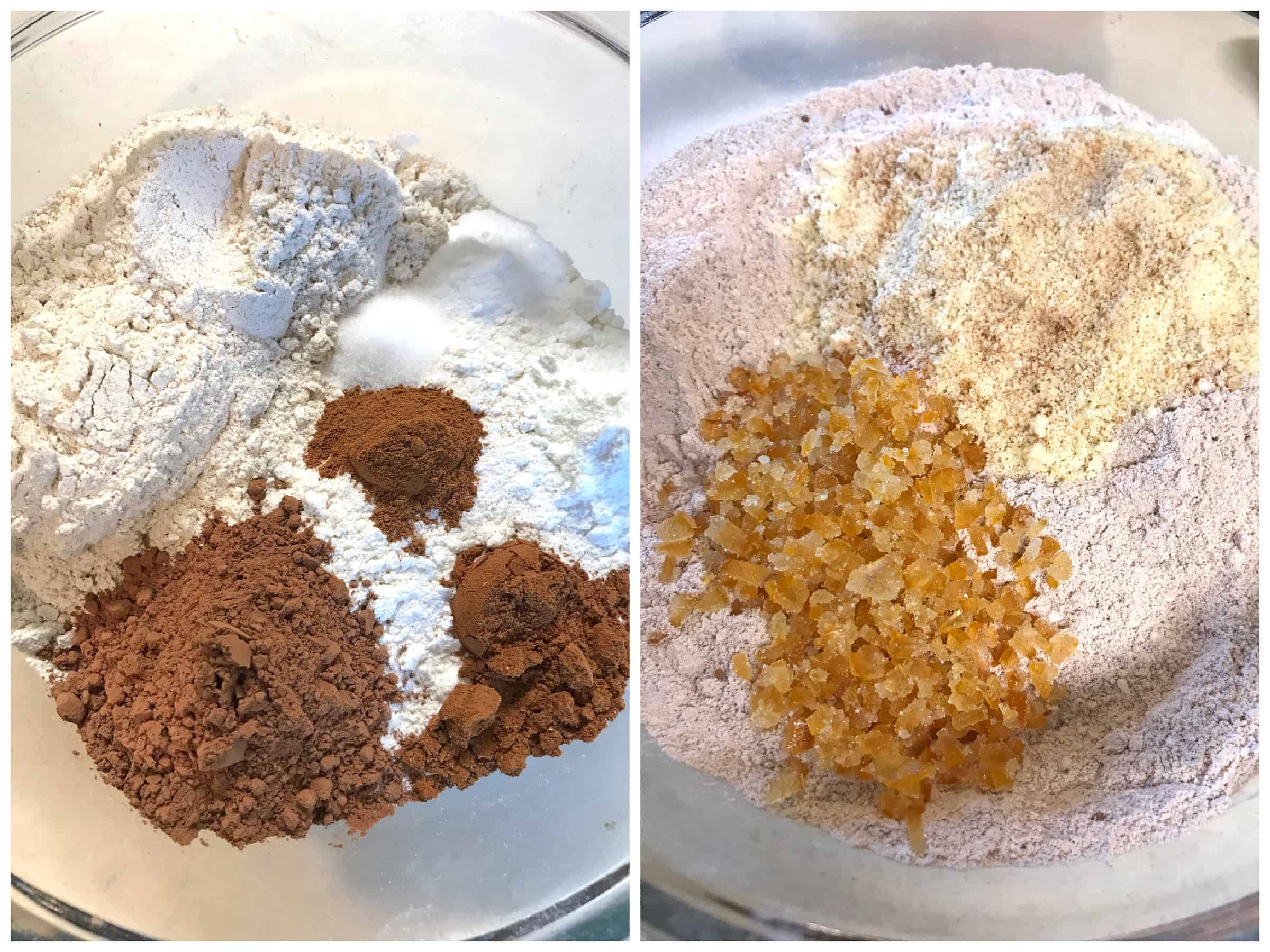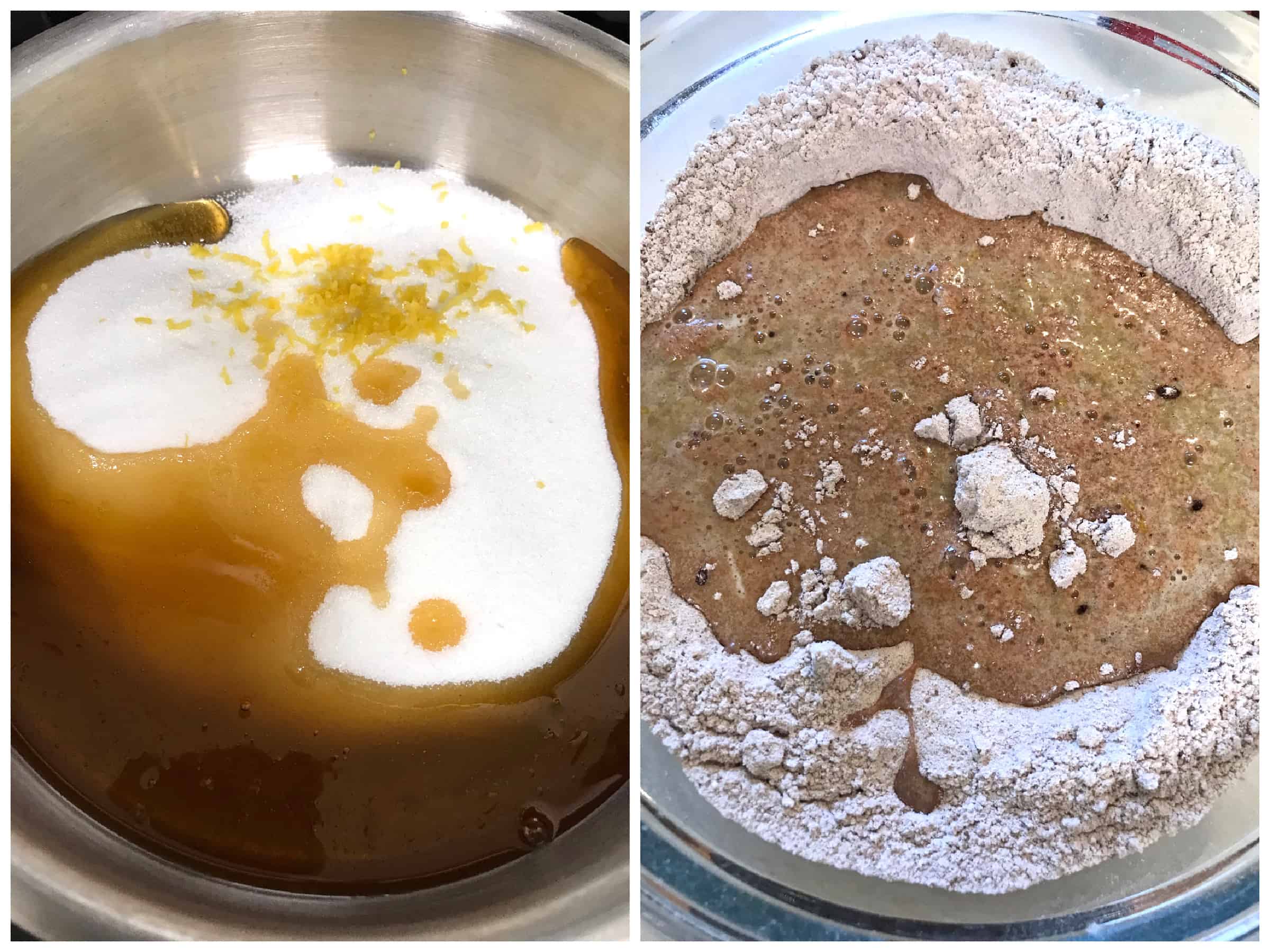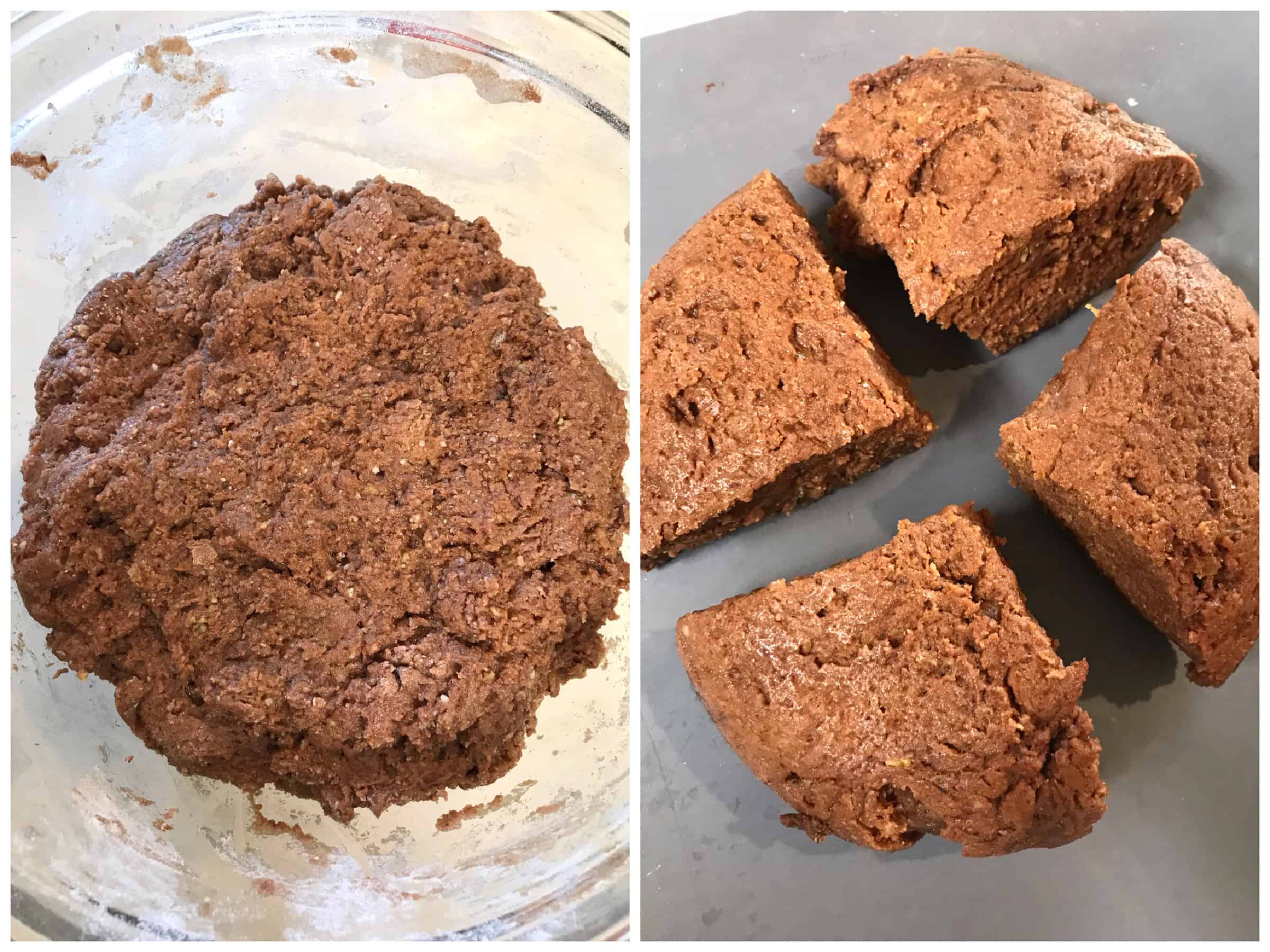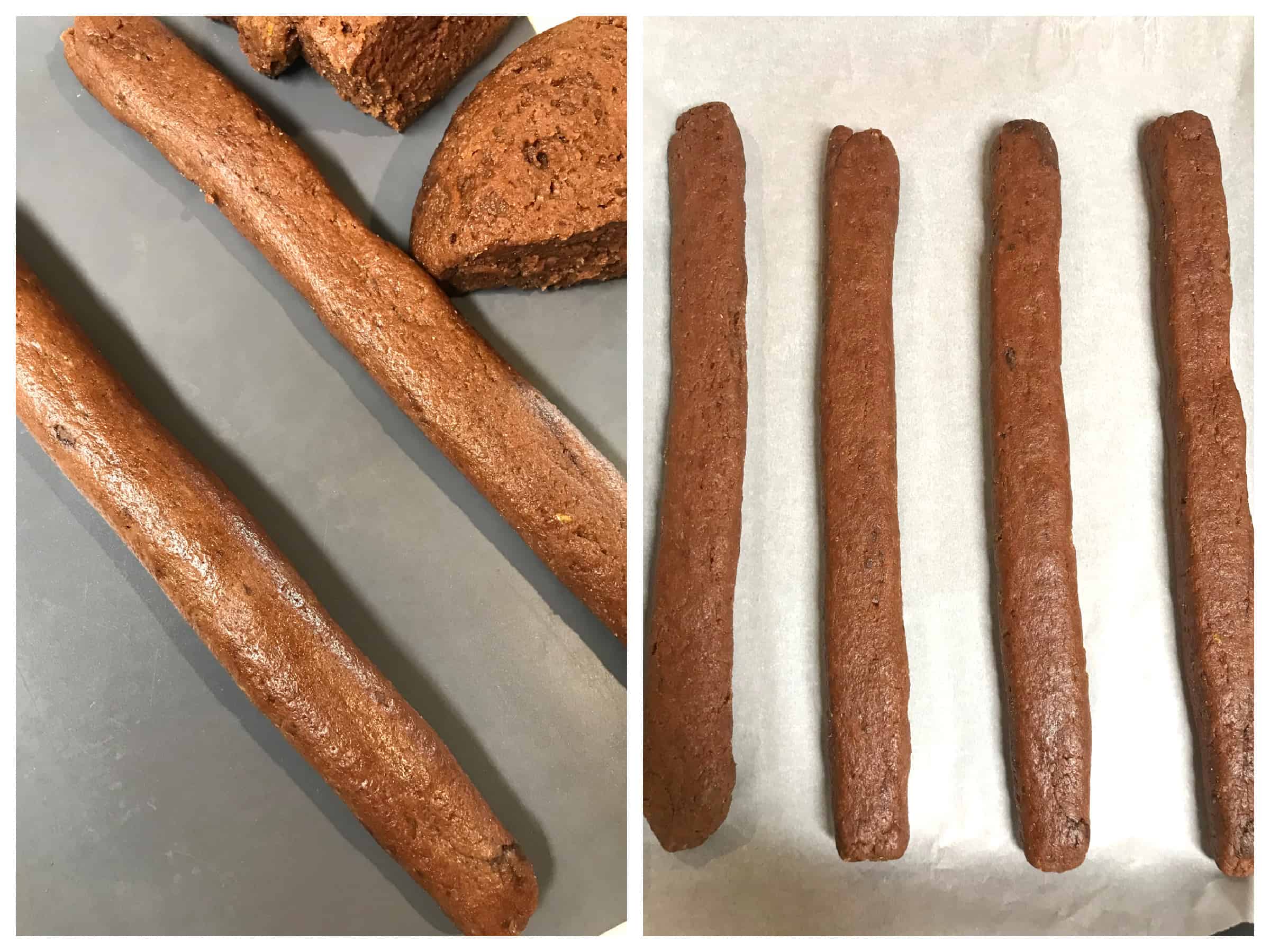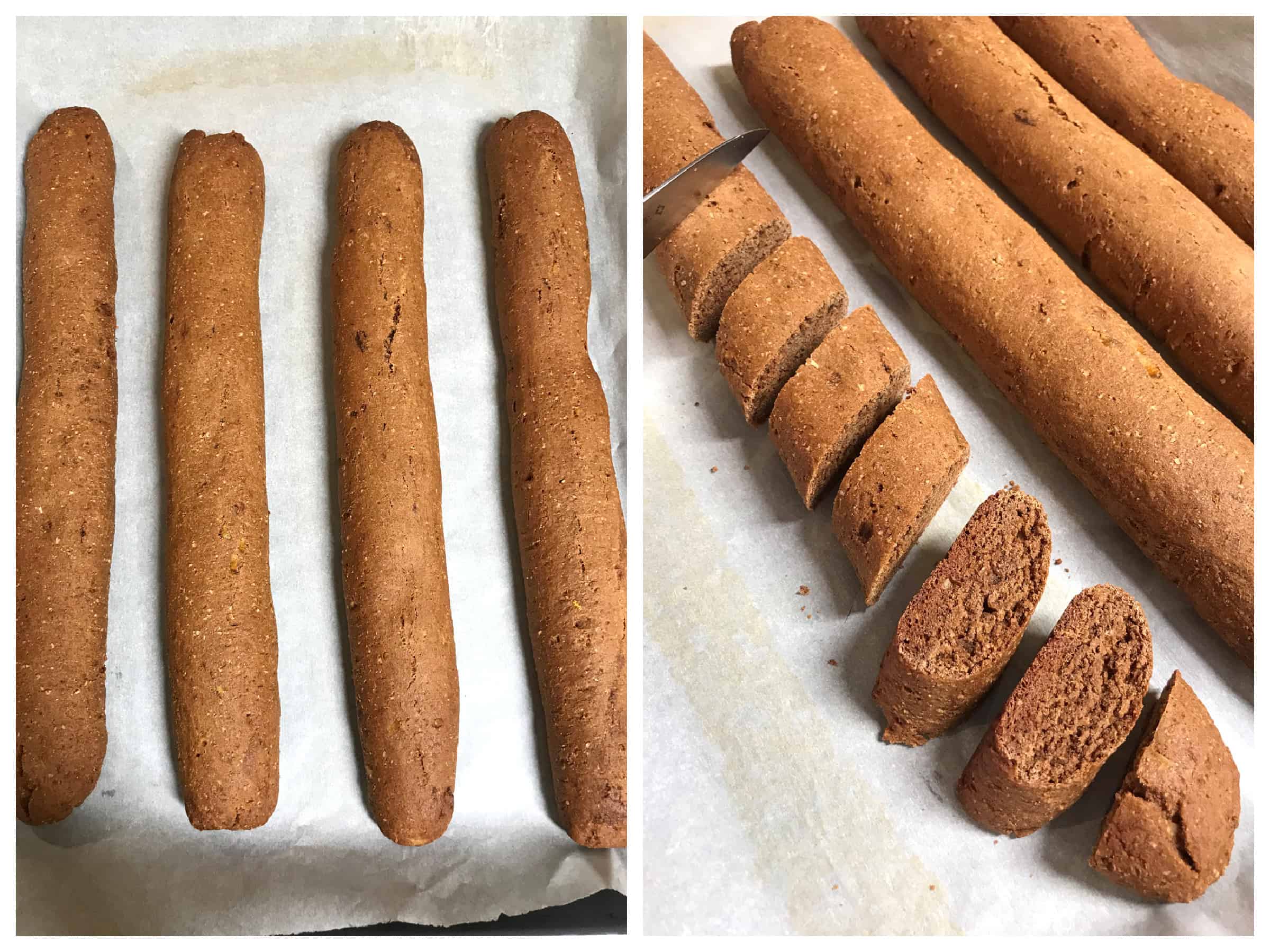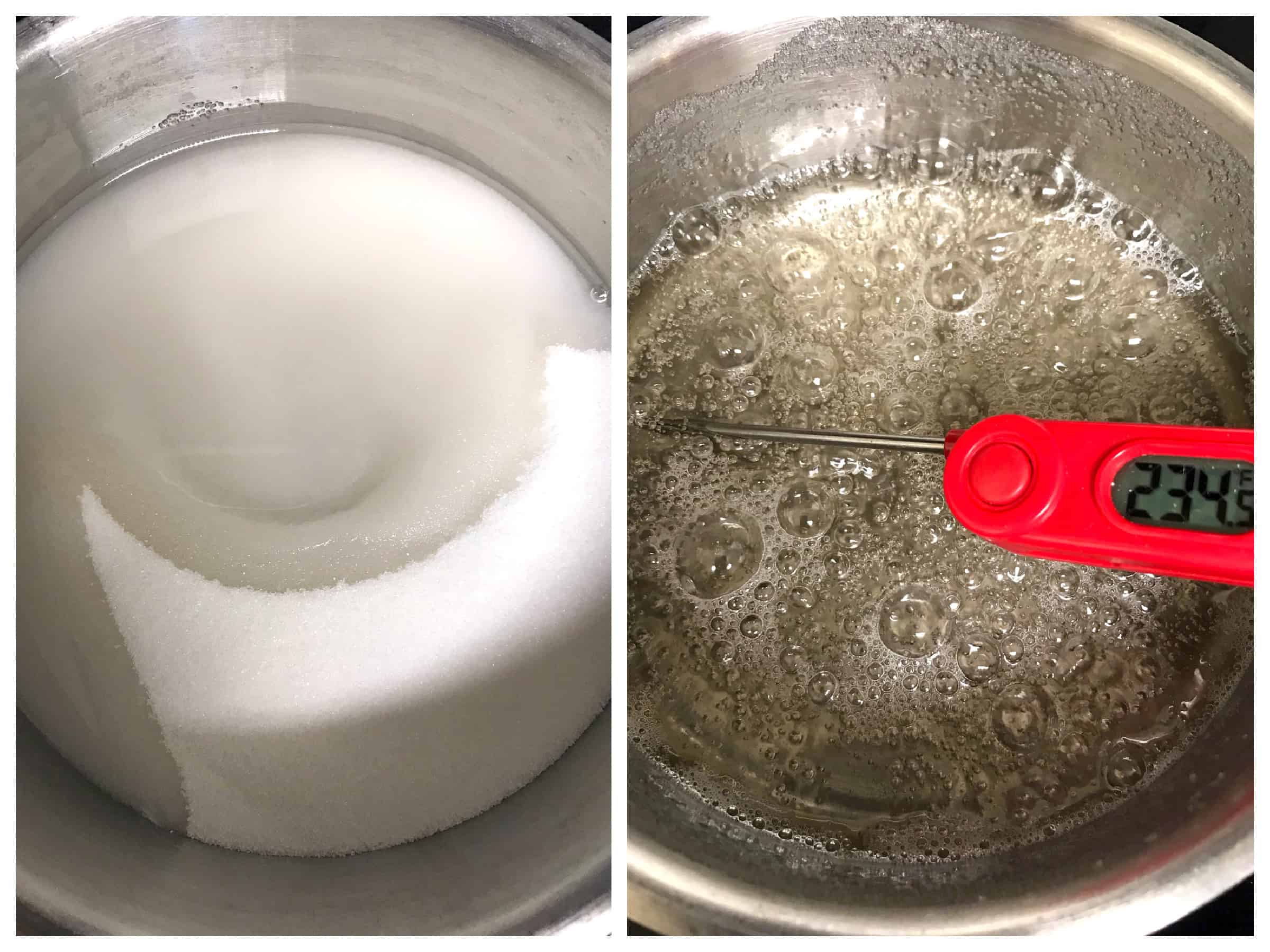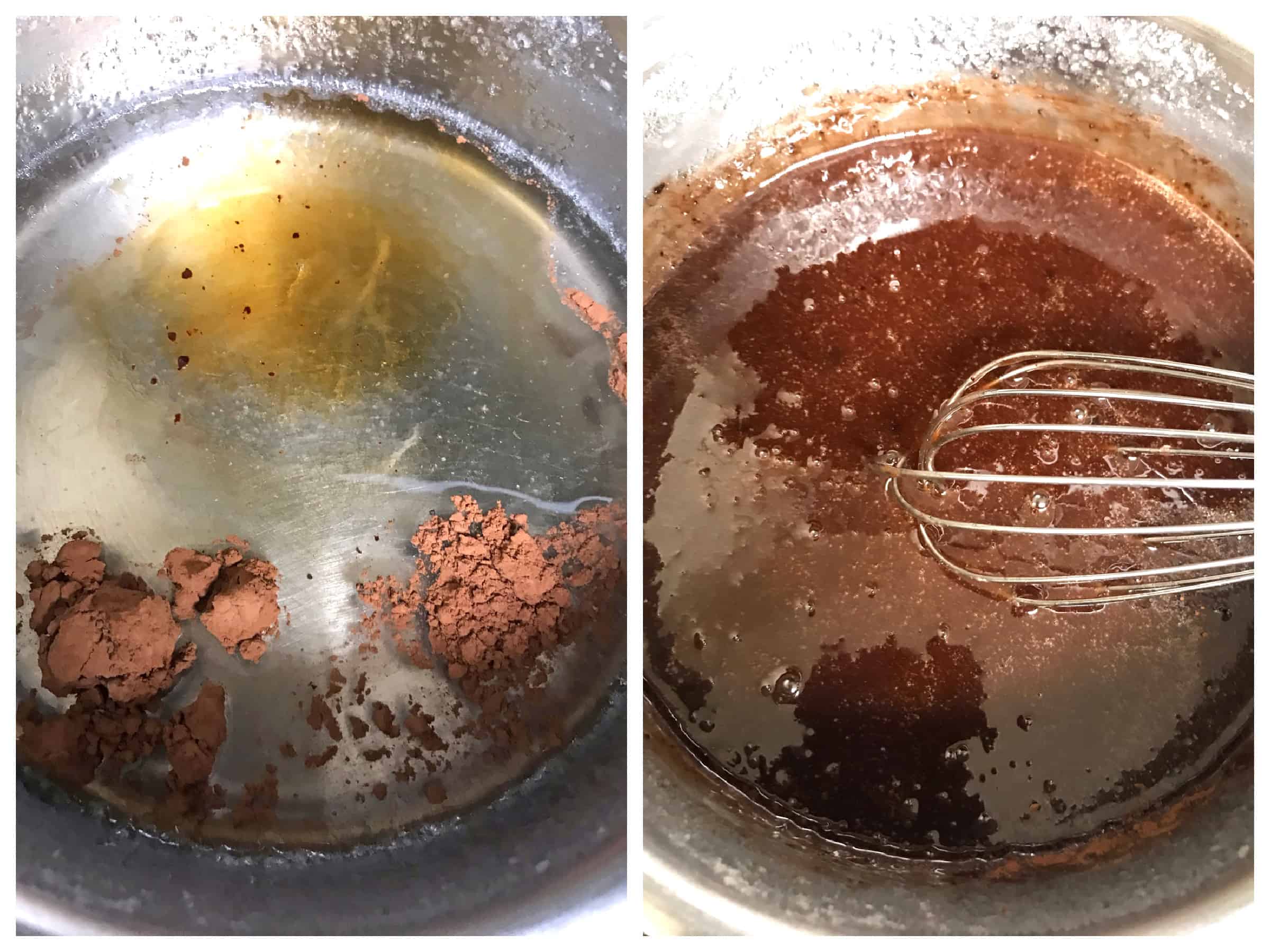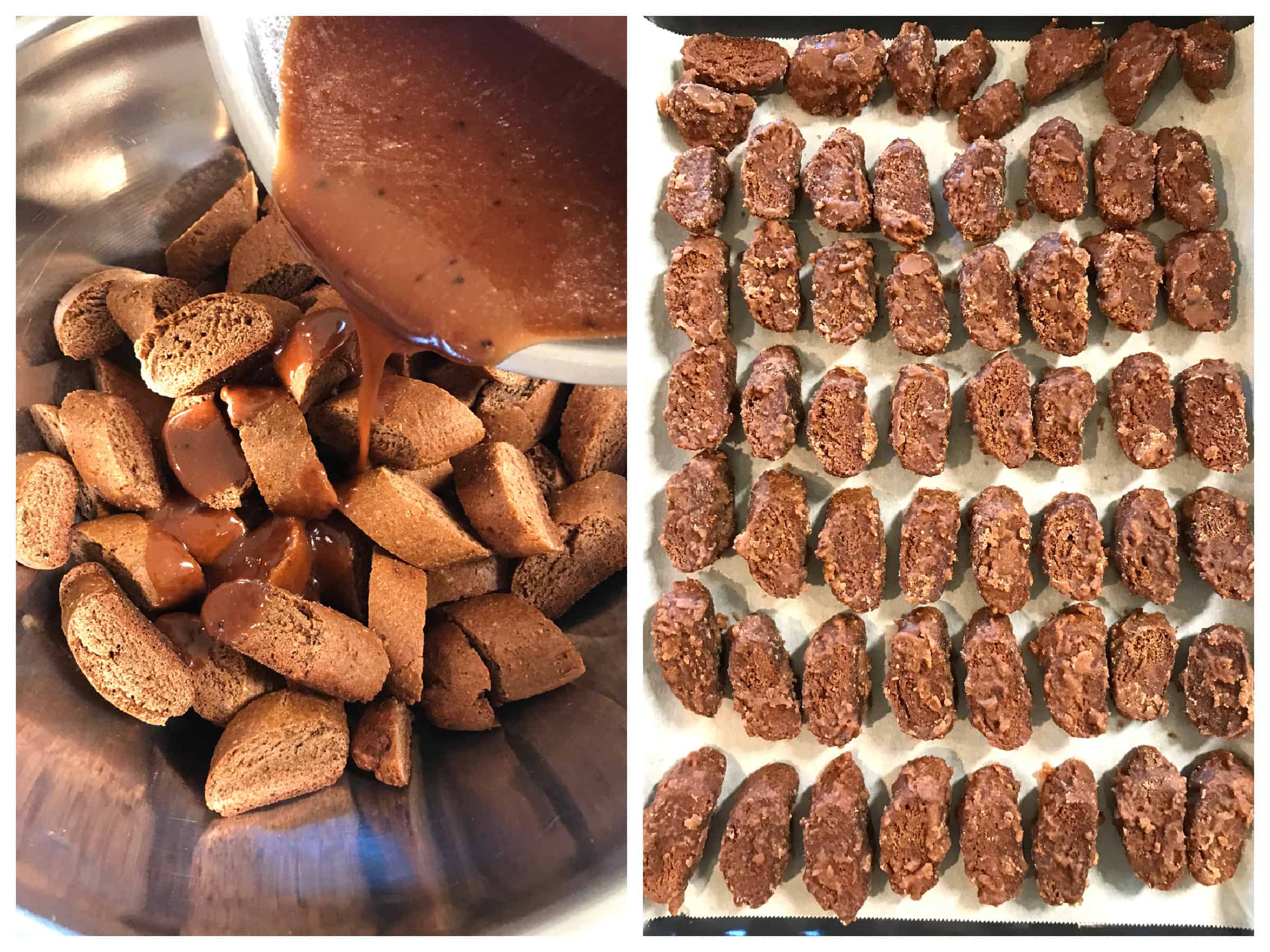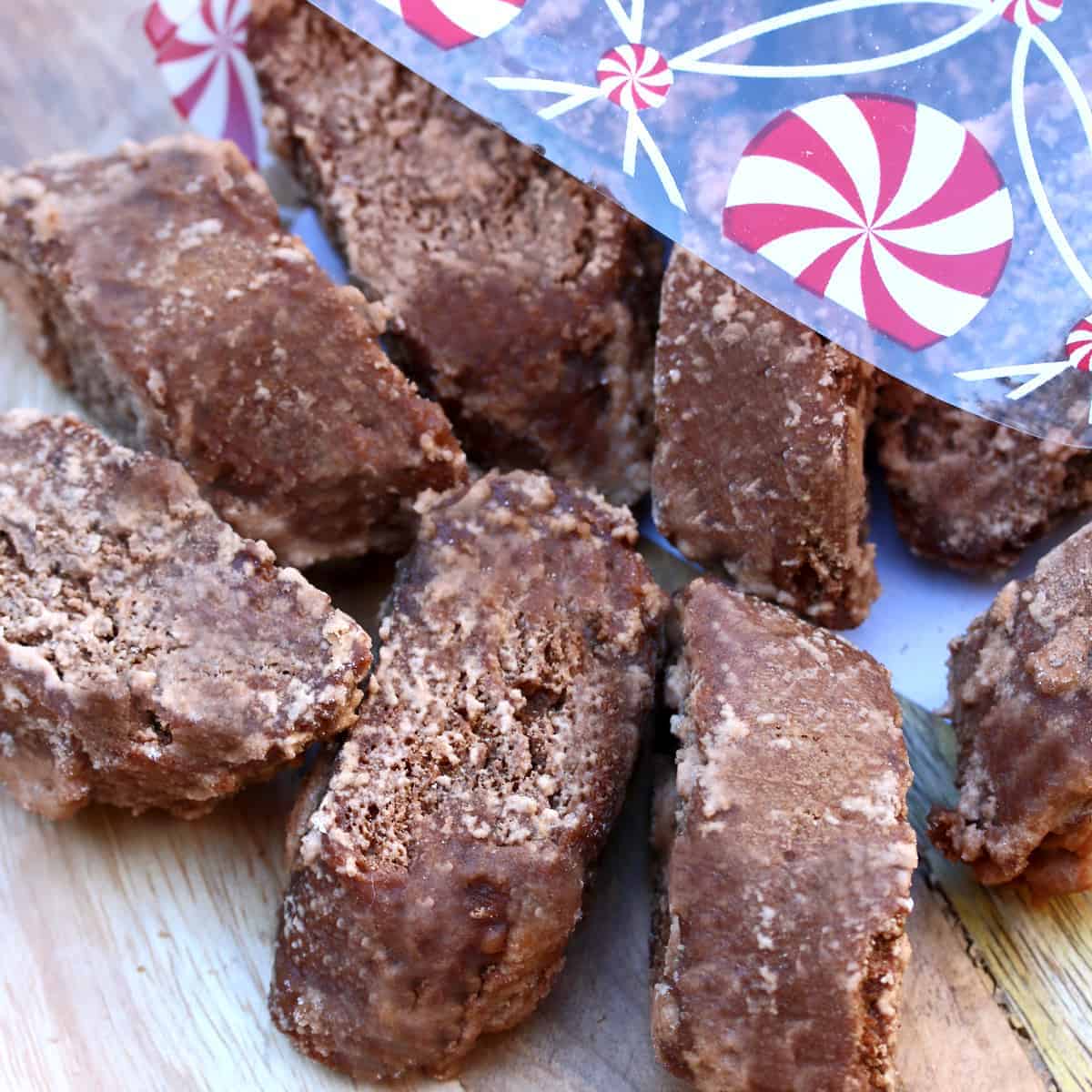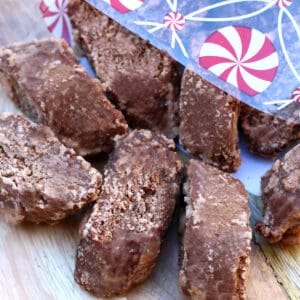A German Christmas is incomplete without Magenbrot, the ever popular gingerbread treats found at every German Christmas market. Flavored with a variety of warming spices, honey, hazelnuts, orange, and chocolate, these gingerbread cookies are absolutely delicious!
What is Magenbrot?
Originating in Germany and also popular in Switzerland, Magenbrot is Christmastime favorite and a traditional staple sold at German Christmas markets. The name Magenbrot translates from German as “stomach bread”, referring to the variety of spices in it traditionally thought to aid in digestion. It has also gone by other names including Alpenkräuter-Brot, Kräuterbrot, and Gewürzkuchen – each name emphasizing the presence of spices as a central ingredient. The combination of these spices is a popular blend in Germany known as Lebkuchengewürz (gingerbread spices) which consists of such spices as cinnamon, cloves, cardamom, star anise, mace, and more. Though easy to find in Germany, it’s challenging to find this spice blend elsewhere. But even so, we highly recommend making your own for the reason that the flavors are much fresher and more vibrant than any store-bought blend. Check out our recipe for homemade Lebkuchengewürz. This is the same blend you will need for making other traditional German baked goods including Lebkuchen, Printen, and Pfeffernüsse. Magenbrot shares many of the same ingredients as gingerbread but includes the addition of chocolate. The addition of honey, hazelnuts and candied orange peel also contributes to its distinctive flavor as does the final glaze the cookies are dipped in. Walking past the vendors at the German Christmas markets it’s hard to miss the characteristic look of Magenbrot lying behind the glass, beckoning to you with their unmistakable fragrance. The gingerbread cookies are scooped into bags for purchase and you can enjoy nibbling on them as you stroll through the magical market while simultaneously sipping a cup of steaming hot Glühwein or Kinderpunsch. © S. Borisov|Shutterstock
Magenbrot Recipe
Let’s get started! Combine the flours, nut meal, cocoa powder, baking powder, baking soda, Lebkuchengewürz, cinnamon and salt in a large mixing bowl. Stir in the candied orange peel.
Place honey, sugar, water, and lemon zest in a small saucepan and simmer until the sugar is dissolved. Stir the warm honey syrup and the milk into the flour mixture.
Stir to combine until a stiff dough forms. Start will less milk and add more as needed if the dough is too dry. Cover and let sit overnight or up to 24 hours to allow the flavors time to mature. Divide the dough into four equal portions.
Preheat the oven to 350 F (175 C). Roll each piece of dough into logs about 1 to 1 1/2 inches in diameter. Place the logs about 3 inches apart on a lined baking sheet. Gently press to slightly flatten the logs.
Bake for 15 minutes. Let cool a few minutes and then, while the gingerbread is still warm, slice each log at a diagonal into 1 to 1 1/2 inch wide pieces. Let the Magenbrot air dry at room temperature overnight or up to 24 hours.
To Make the Glaze: Place the sugar and water in a small saucepan and, using a candy thermometer, simmer until the mixture reaches 234 F (113 C). If you don’t get it fully up to this temperature the glaze will not set and will be wet and sticky. If the temperature far exceeds 234 F the glaze will be dry and crumbly. Get it as close to 234 F as possible (a little over is better than a little under).
Once the glaze reaches 234 F remove it from the heat and whisk in the cocoa powder and vanilla extract.
Place the Magenbrot in a large mixing bowl and immediately pour over the hot glaze, stirring to evenly coat the Magenbrot. Place the wet Magenbrot on a lined baking sheet in a single layer so they are not touching each other and let them dry completely.
Store the Magenbrot in an airtight container where it will keep for 2-3 weeks. Enjoy!
For more traditional German Christmas baked goods be sure to try our:
Stollen Zimtsterne Printen Pfeffernusse Springerle Lebkuchen
Read more about me…
